Author: Drew Wood
Source
Have you ever looked at a world time zone map? Instead of nice straight lines they snake back and forth in some really odd ways in parts of the world. In this article we’ll look at how we got our time zones, what considerations go into them, and how they can be changed. You’ll see there’s a method to the madness that a lot of times have some real benefits for people and business.
24/7 Wall St. Insights
- The need to make sense of railroad schedules was one of the main reasons for the creation of time zones.
- Time zone lines are not uniform for a variety of political and economic reasons.
- Also: Discover “The Next NVIDIA
What Would Life Be Like Without Time Zones?
Living on a more-or-less spherical planet as we do, if we didn’t have time zones we’d have quite a bit of confusion. As an international traveler, you’d have to know that in the destination you’re going, lunch happens at 3 am and if you want to go out to dinner and a show that night you might want to leave the hotel around 9 am before it gets dark. In the end, there’s less confusion from just changing the clock than there would be from having to learn the wonky customary times for every single thing in the day.
What Did We Do Before Time Zones?
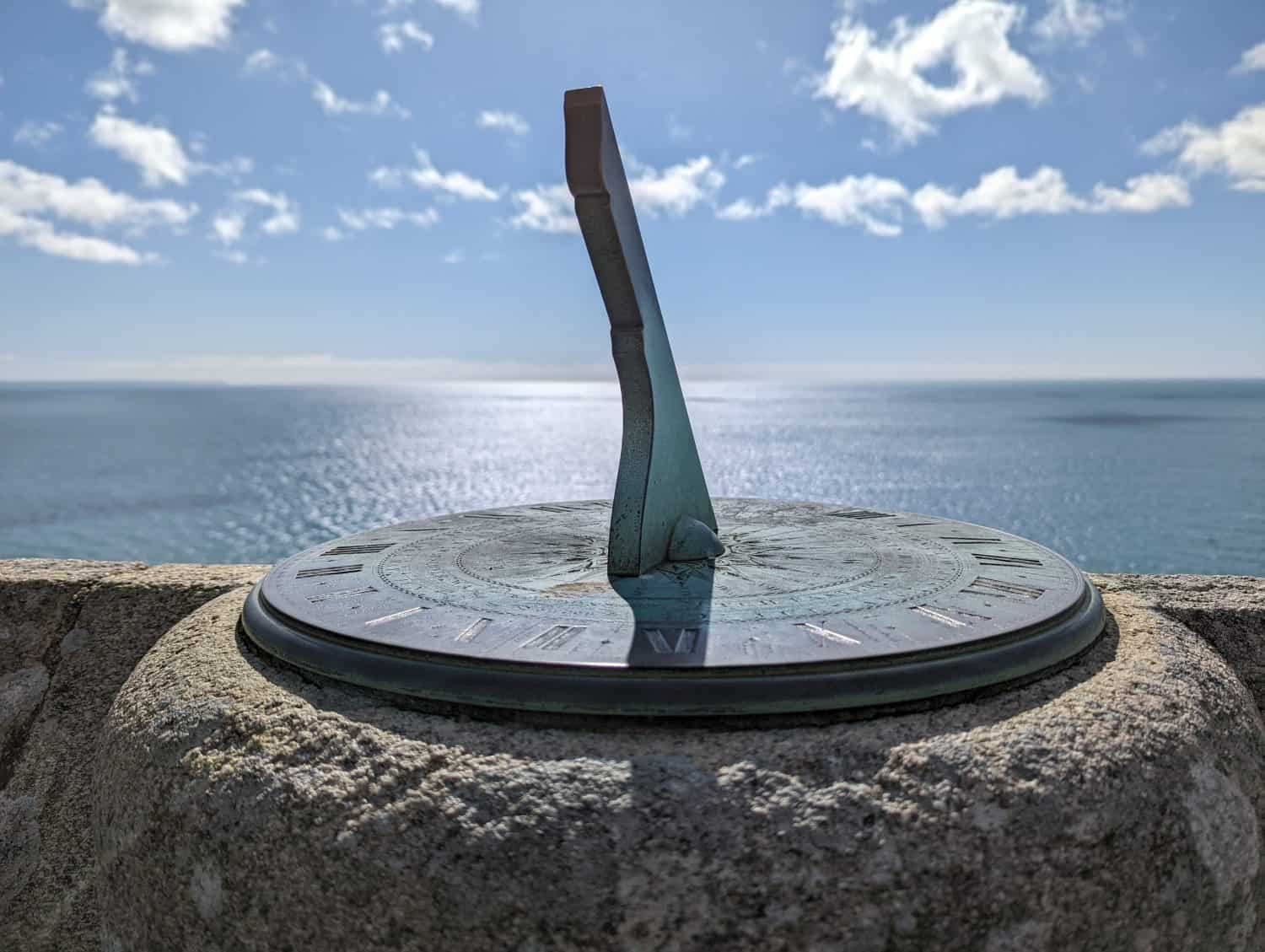
For most of human history it wasn’t particularly important to keep precise time. You’d get up when it got light, eat when the sun was overhead, and go to bed when it got dark. A sundial was accurate enough for most purposes in agricultural countries. We also didn’t have telephones or fast transportation, so you didn’t really need to know what time it was far away.
When Did Time Zones Become Necessary?

Accurate timekeeping became a more urgent problem with the invention and spread of railroads, telegraphs, and later telephones. Knowing exactly when trains would arrive and leaved helped people not miss them, or not miss picking up family members or cargo. Fast modern communication made it more relevant to know what time it was on the other end.
How Was the Time Zone System Developed?
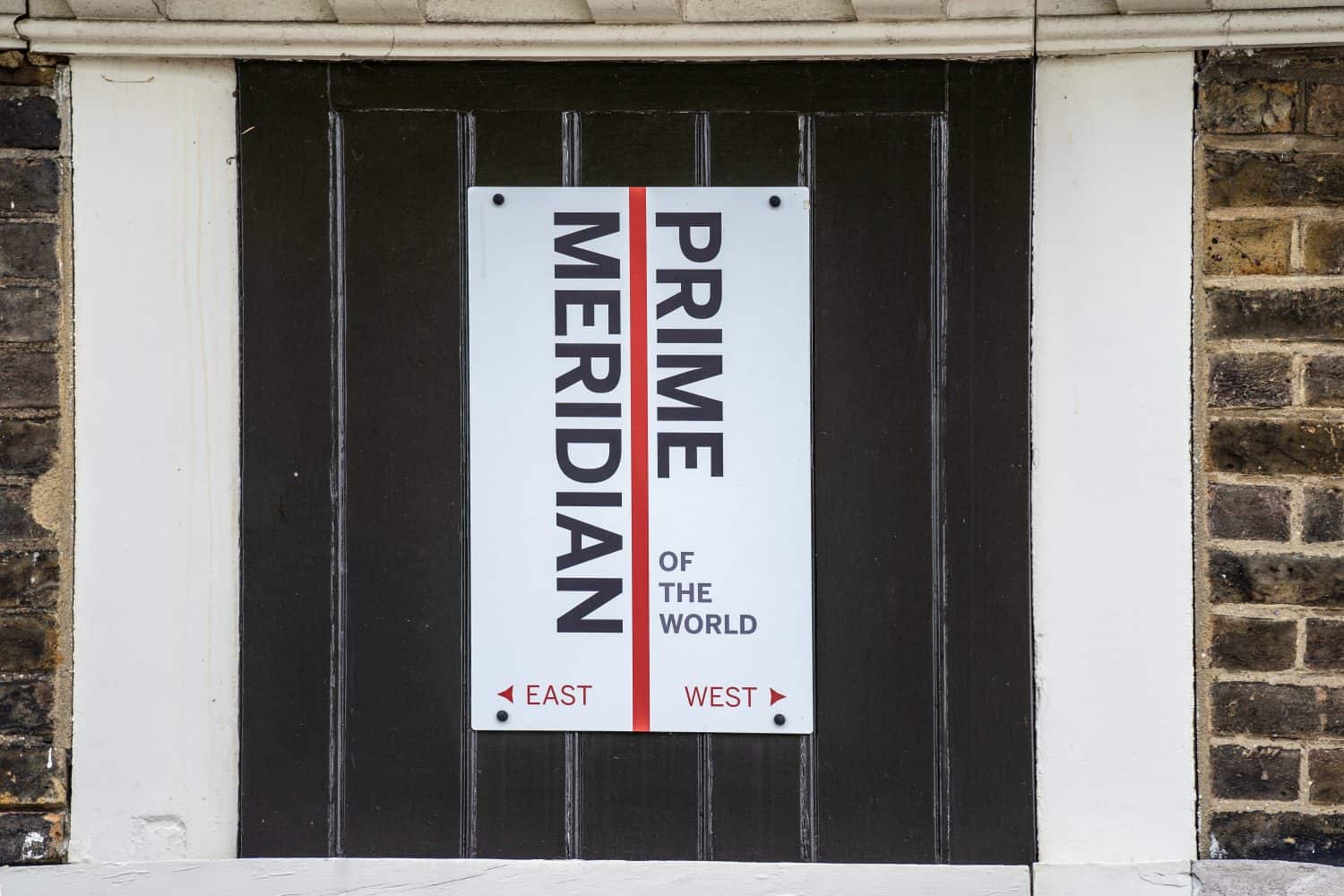
In 1884 the International Meridian Conference met in Washington DC and approved a system of 24 time zones that had been suggested by a Canadian engineer. The zones would begin at the Prime Meridian (0° longitude) which runs through Greenwich, England. 75% of world shipping was already using charts based on the Greenwich Meridian, so this was a way to make it as easy as possible for companies to start using the new system without creating too many problems.
How Were Time Zones Implemented?
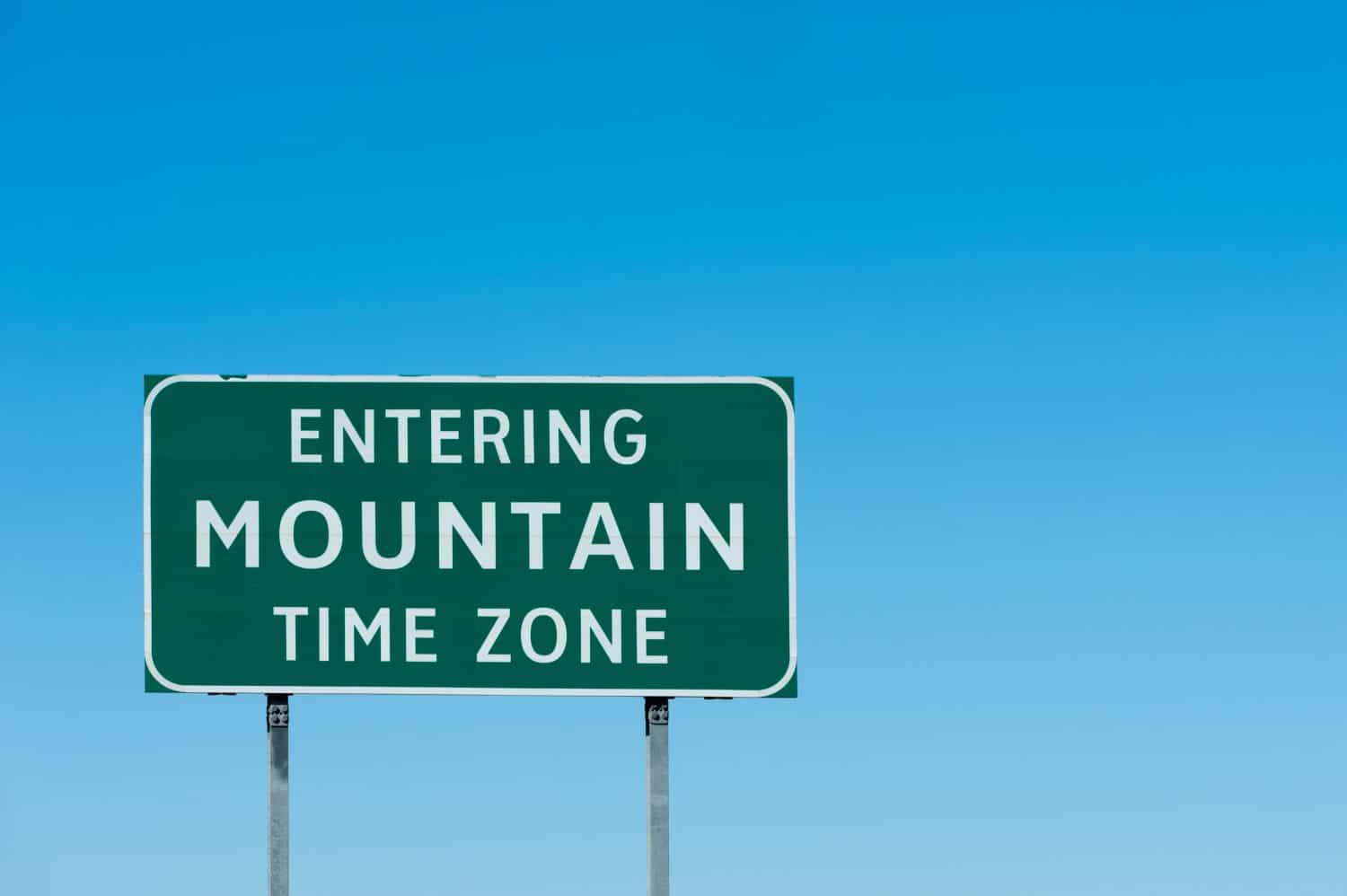
Like all new ideas, it took a while for time zones to catch on. It took a few decades for more and more countries to adopt them. In the United States, powerful and profitable railroad and telegraph companies advocated for the standardized system. In 1883, U.S. railroad companies adopted four time zones: Eastern, Central, Mountain, and Pacific.
Geographic Influences on Time Zones

Each time zone is about 15 degrees of longitude apiece, and there are 24 of them. This means the zones are about one hour apart. In local areas, though, the lines are not always straight, but are shifted to run along natural boundaries like mountain ranges or rivers. This makes it easier for people to understand where the time changes and to be on the same time zone as the areas where they most often traveled and worked.
Political and Economic Influences on Time Zones

Sometimes a times zone diverges wildly from its neighbors for political and economic reasons. A region might decide to be on the same time zone as the rest of the country it is part of to make it easier for travelers and for business people not to have to change clocks or deal with a time difference when scheduling phone calls and videoconferences.
Examples of Unusual Variations In Time Zones
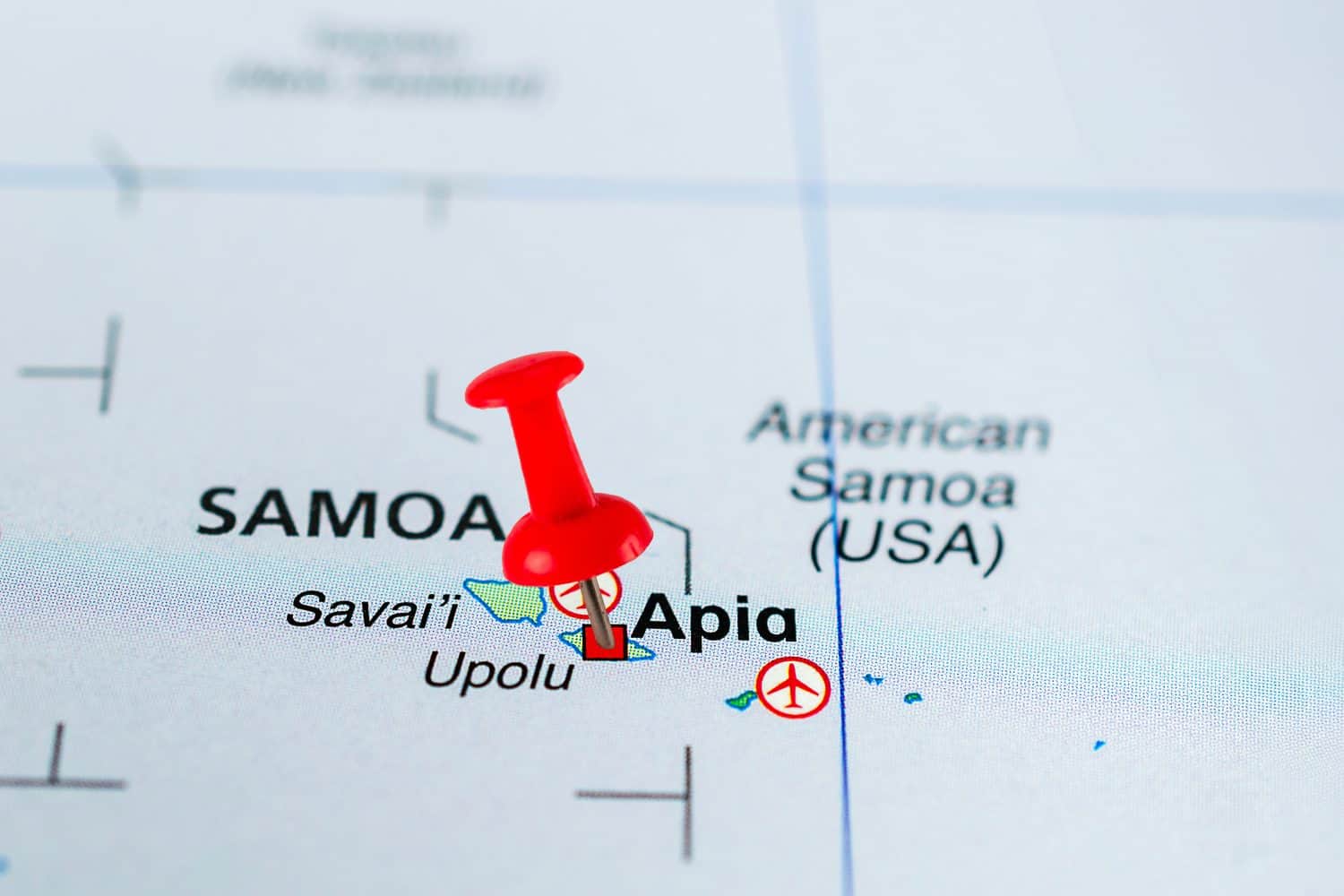
- The boundaries between Central, Mountain, and Pacific time in the U.S. are influenced by the position of various ranges in the Rocky Mountains.
- The Pacific island country of Kiribati redrew its time zone wildly to the east to make sure all the islands in the chain were on the same time.
- Samoa moved to the time zone to its west to facilitate trade and travel with Australia and New Zealand, although this puts it on a different time zone than nearby American Samoa.
How Can a Country Change Its Time Zone?
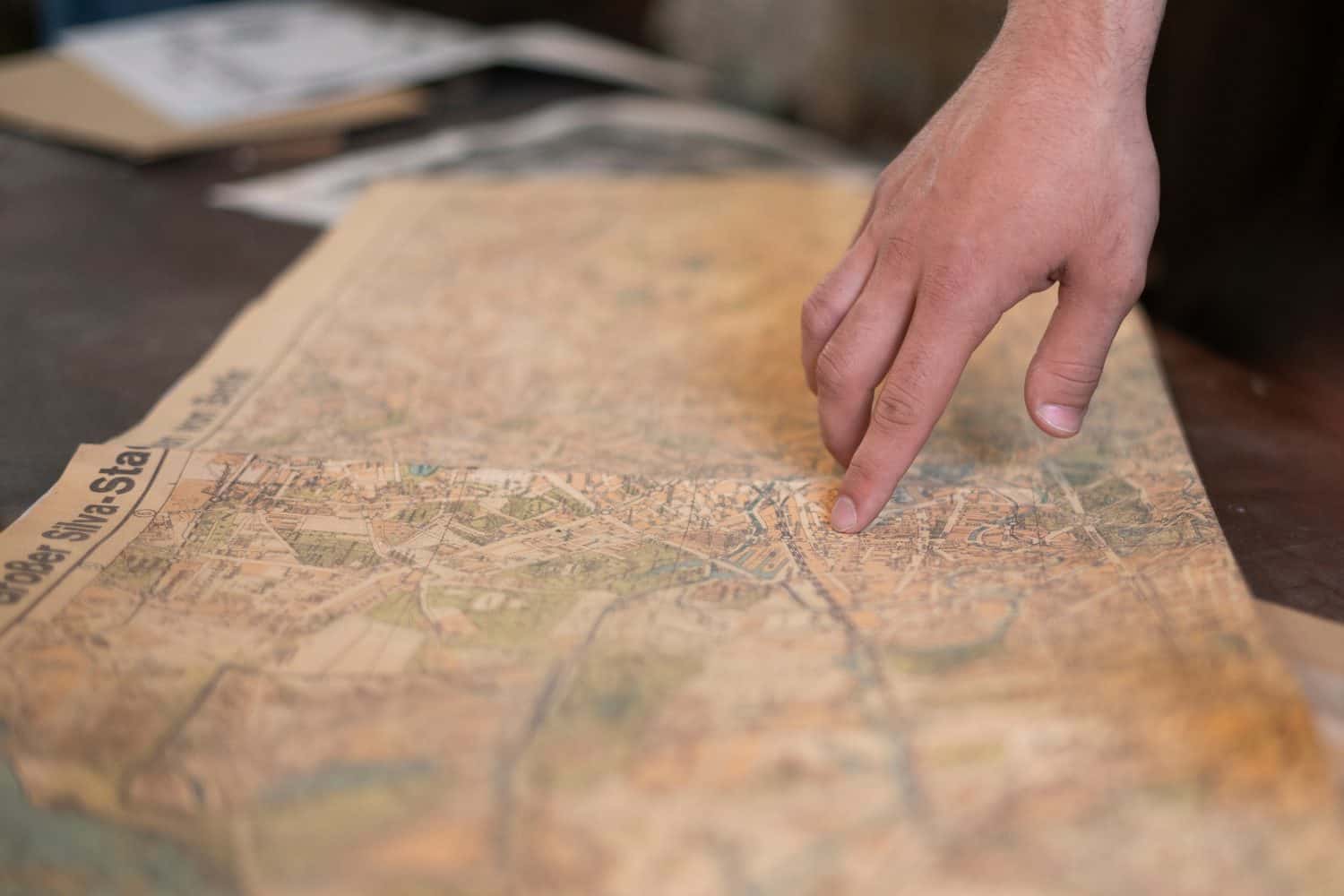
Any country can change its time zone if it wants to. There’s no authority in the world that can overrule their decision. They just need to publicize it so that mapmakers, businesses, and travelers will know about it.
How Can a U.S. State Change Its Time Zone?
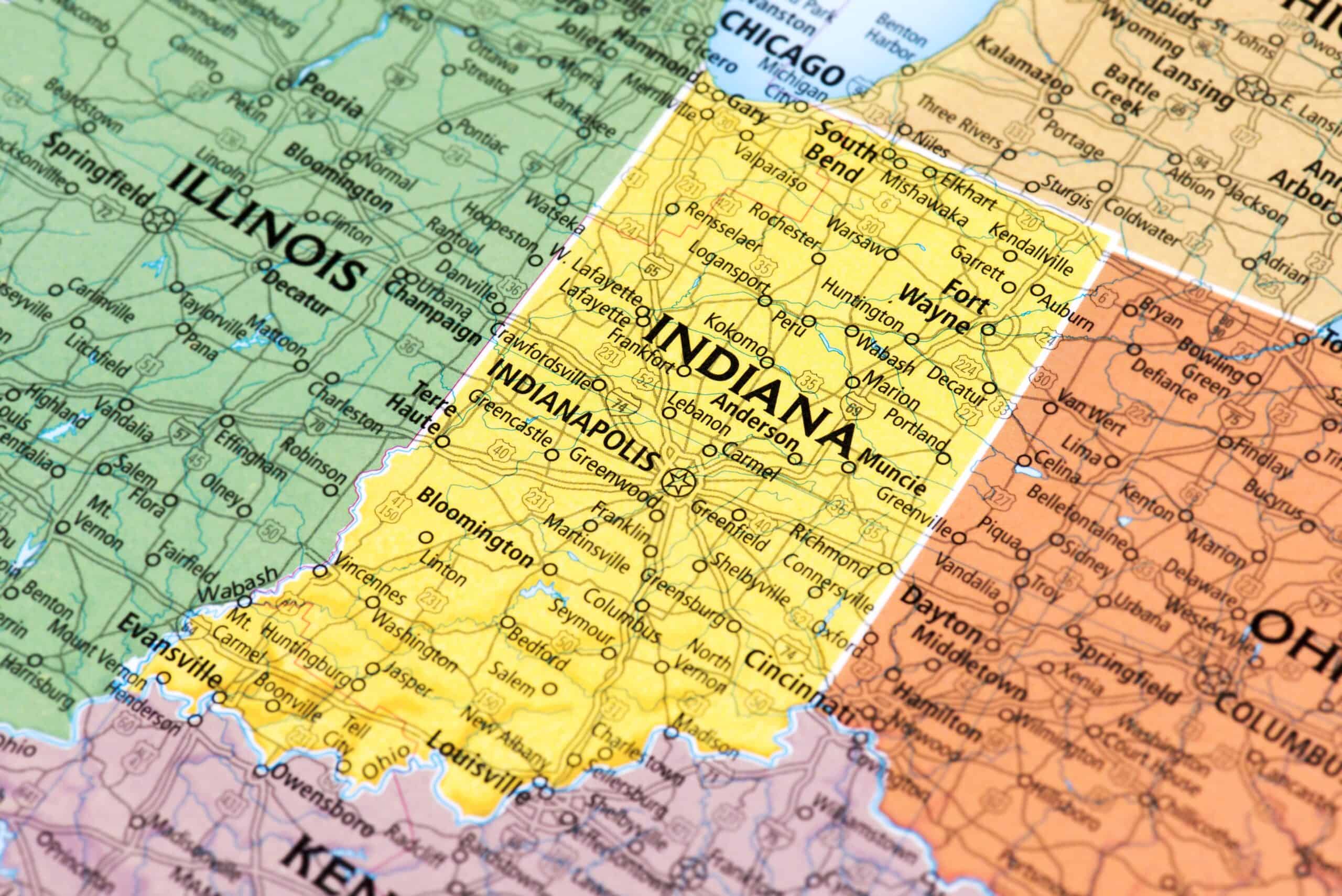
Within the United States, the Department of Transportation is in charge of managing time zone boundaries. States or parts of states can request to move to another time zone. They need to prove that it will be beneficial to citizens and the economy. Most of Indiana, for example, is on Eastern time, but counties in the northwest and southwest are on central time so they can match up with major regional economic hubs like Chicago and St. Louis.
Why Do We Change Our Clocks?

At the time of the first World War, the U.S. began changing our clocks by an hour twice a year. We “spring forward” the second Sunday of March and “fall back” on the first Sunday of November. That gives people an hour more of daylight in the eventings during the spring and summer. This helped save energy as people wouldn’t need to use artificial lighting as early in the evening, it gave people more time to work or play in the evenings after work or school, it benefited some industries and businesses, cut down on accidents, and even helped lower the crime rate.
Time Zones are Controversial
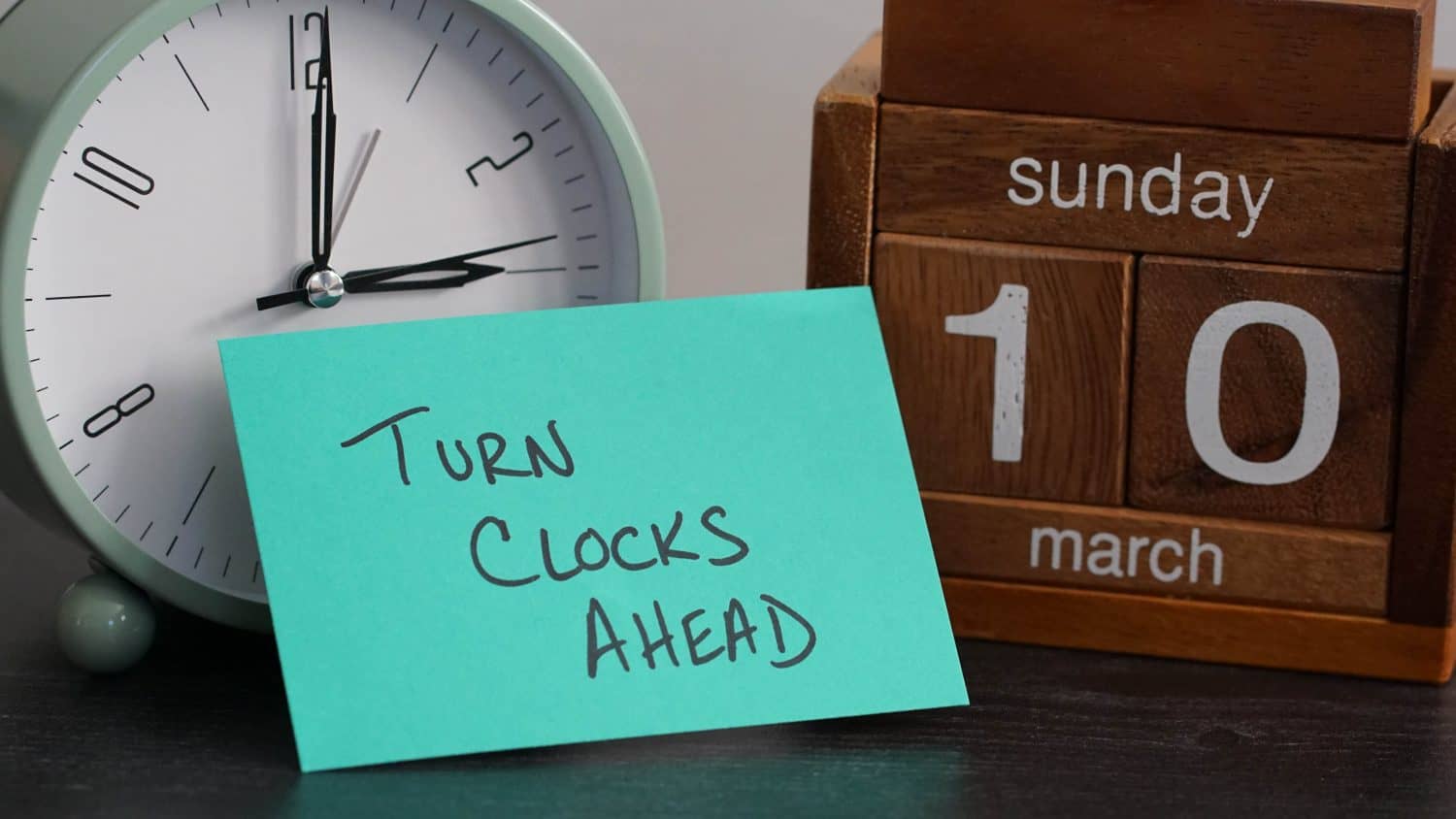
Everybody has an opinion about time zones because they affect all our lives. And for some people, they can be downright annoying; especially if you have to figure out again how to change the clock on your car dashboard, your microwave, your DVD player, and everything else you own that doesn’t update automatically. Many people want to get rid of Daylight Savings Time in the U.S. to avoid the inconvenience. But one thing’s for sure. ANY changes to time zones will benefit some people and bother others. So most of us find the best we can do is adjust to them, be aware of them, and set ourselves reminders to change our clocks when we have to.
Find a Qualified Financial Advisor (Sponsor)
Finding a qualified financial advisor doesn’t have to be hard. SmartAsset’s free tool matches you with up to 3 fiduciary financial advisors in your area in 5 minutes. Each advisor has been vetted by SmartAsset and is held to a fiduciary standard to act in your best interests. If you’re ready to be matched with local advisors that can help you achieve your financial goals, get started now.
The post This Is How We Got Time Zones and Why They Aren’t Straight Lines appeared first on 24/7 Wall St..
